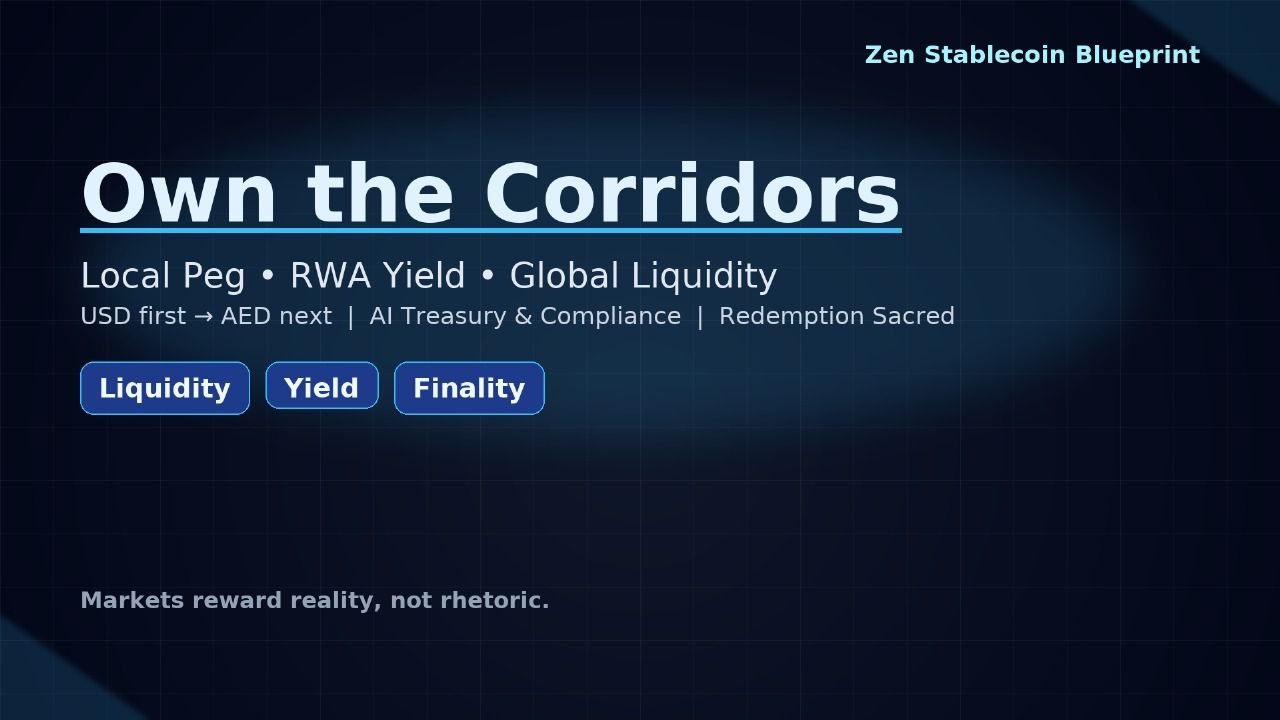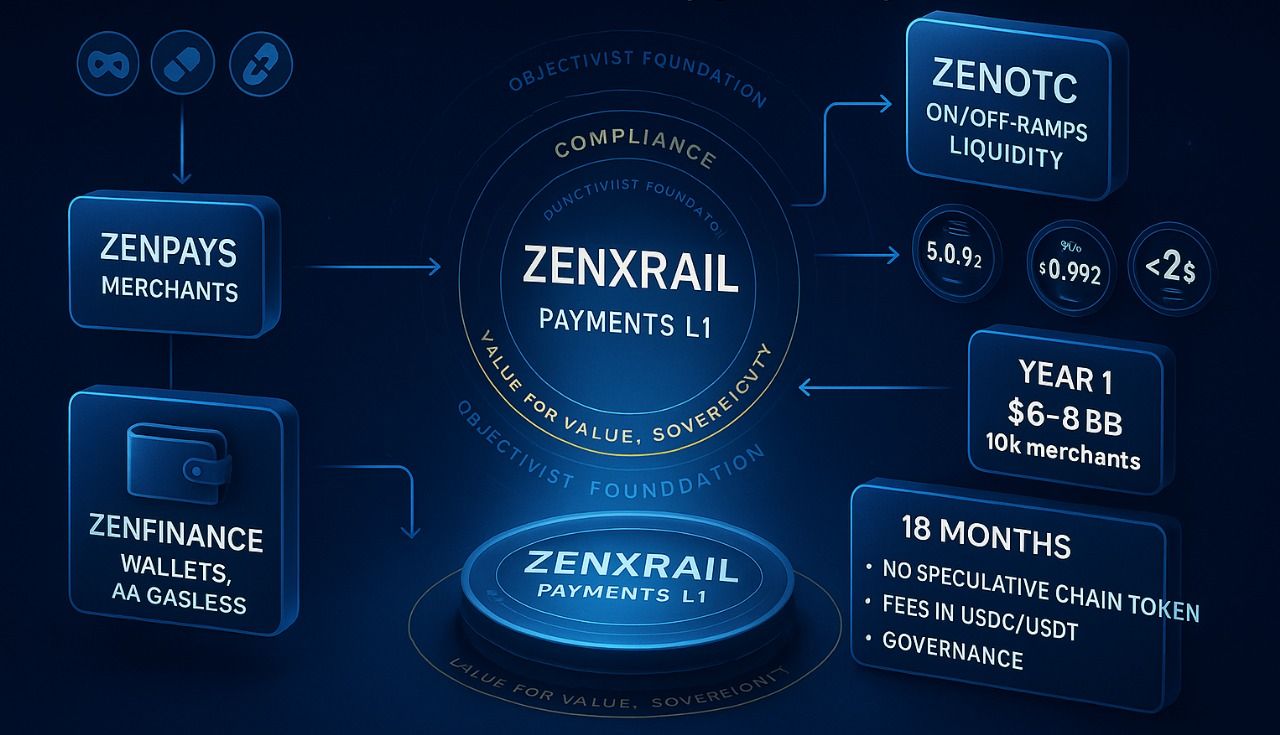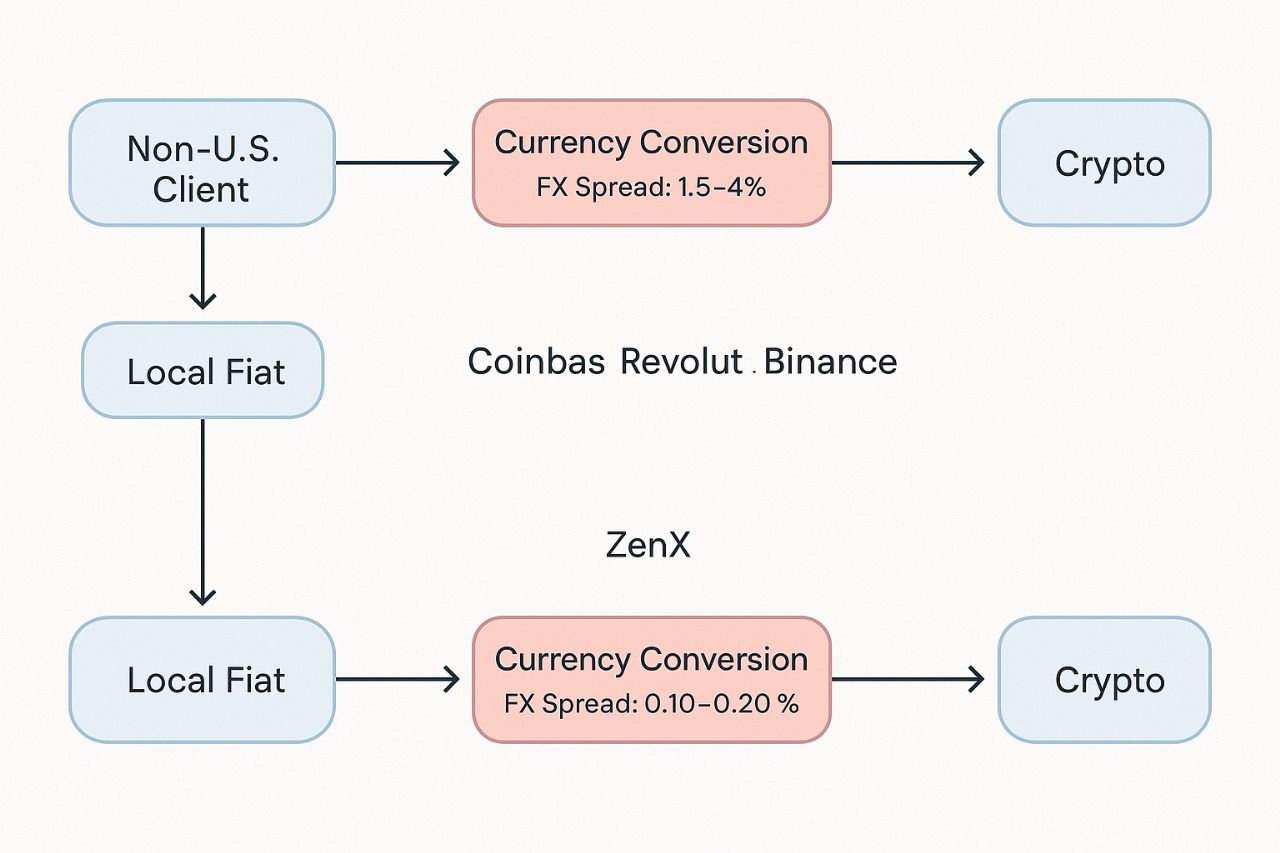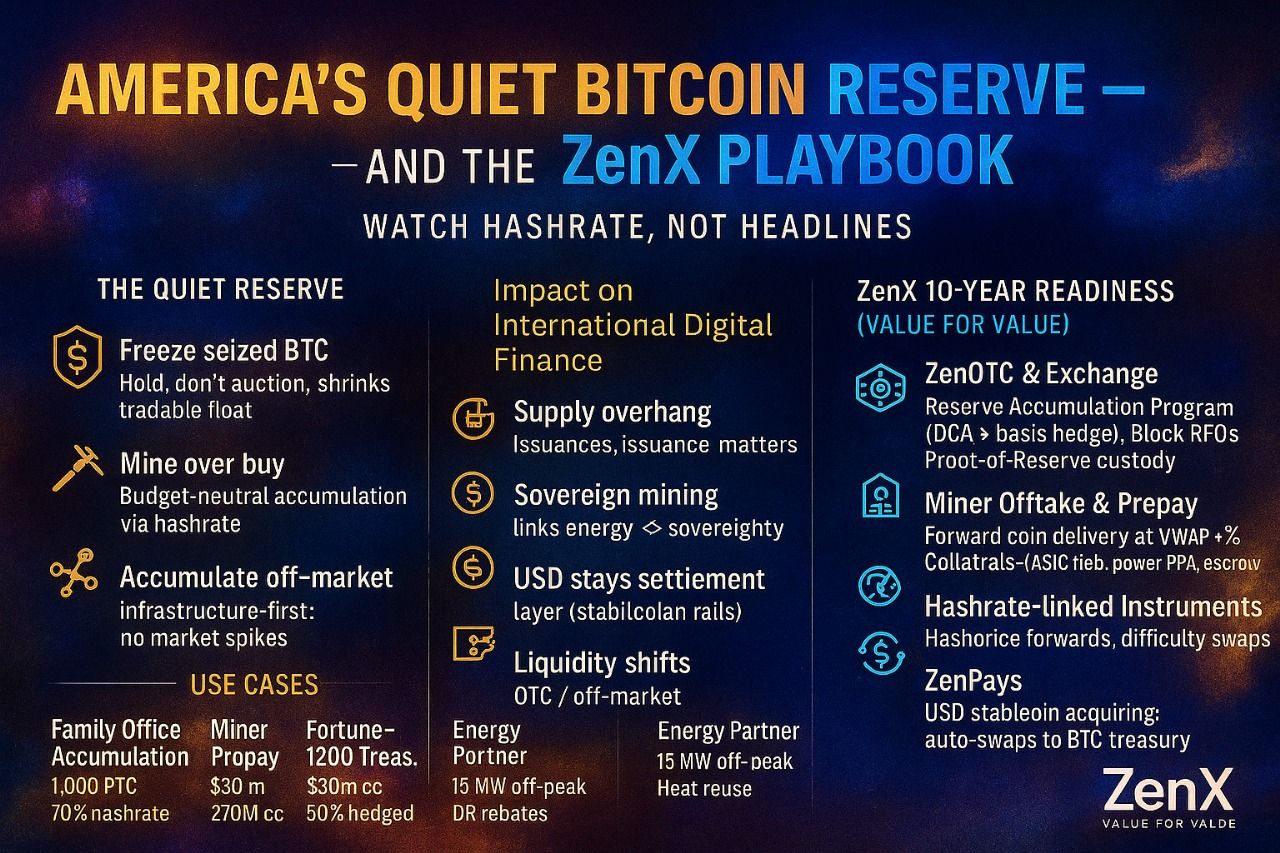

Aniket Warty
Director at Atlantis Inc
Money
Never Sleeps
Aniket Warty is a serial entrepreneur with a passion for building businesses from scratch. He specialises in online gaming, e-commerce, and IT, and is the Director and Board Member of Atlantis Inc, a Venture Capital and Private Equity company based out of the US. Aniket has the unique ability to work in proactively diverse and inclusive organisations across industry types, niches, geographic or linguistic variants. He’s always on the lookout to transform the next innovative idea into a sustainable business that has the vision and foundation to make a positive impact on the world.
Associated With












Latest

Liquidity First: How I’m Building Zen and Atlas Rails for a Permissionless, Value-for-Value Financial Future

By Aniket Warty
13 October 2025
14 Min Read

“Backed by Nothing”? Bitcoin Is Backed by Rules, Energy, and Reason

By Aniket Warty
08 October 2025
9 Min Read
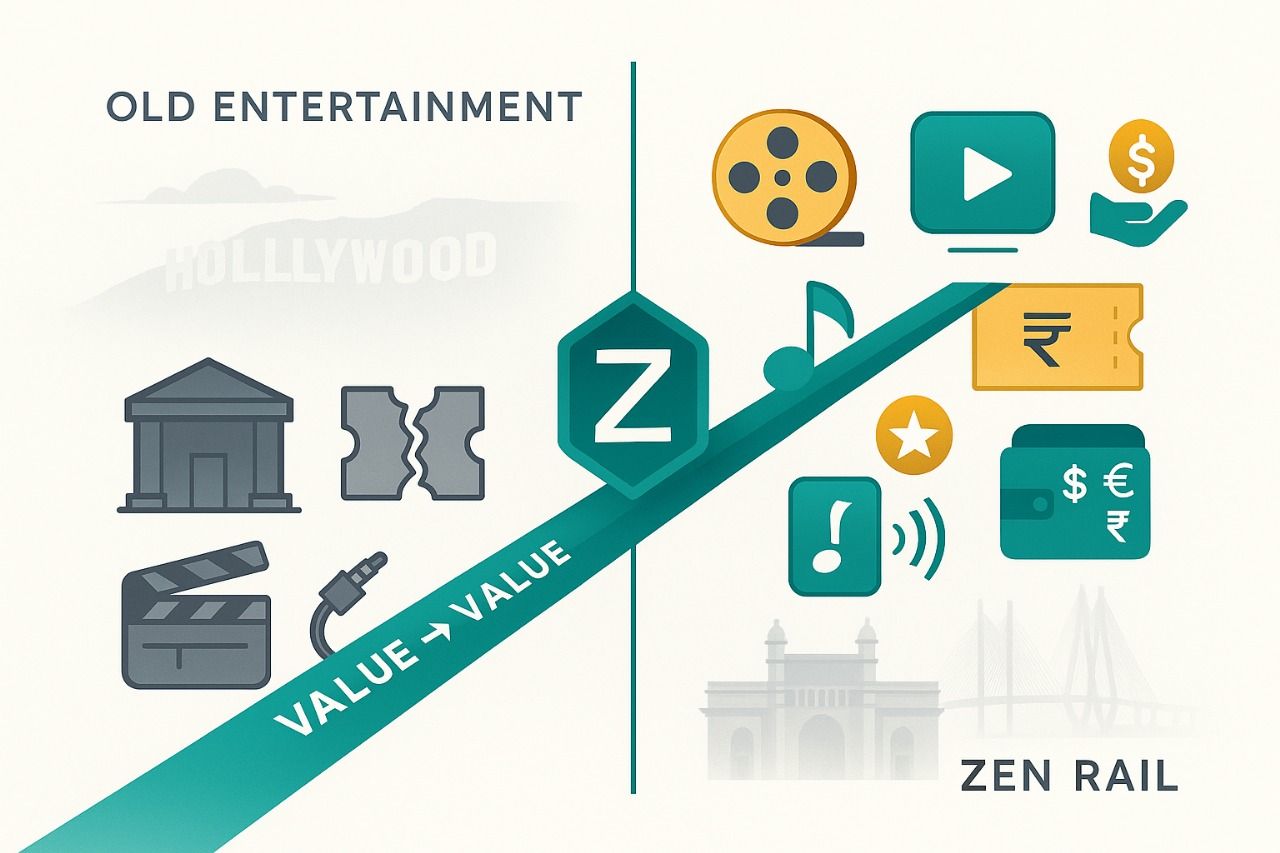
The Zen Entertainment Playbook: The Fan Engine That Hollywood Forgot

By Aniket Warty
11 September 2025
16 Min Read
Why “Raah Pe Rehte Hain” is my best Hindi song - and a testimony to my philosophy
By Aniket Warty | 10 September 2025

Atlas Rail & Zen: How I Intend to Build the Rails of Global Finance
By Aniket Warty | 31 August 2025

Monetize the Float, Not the Hype: My Blueprint for Stablecoins
By Aniket Warty | 26 August 2025
